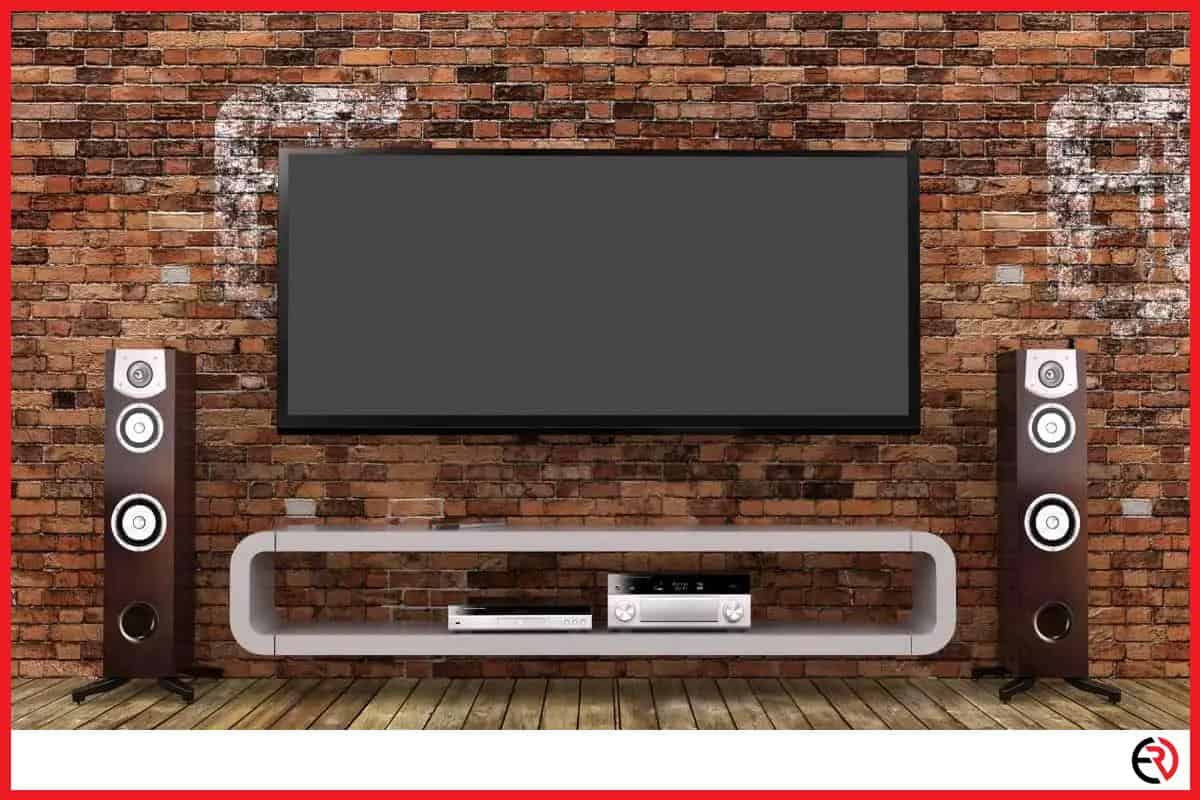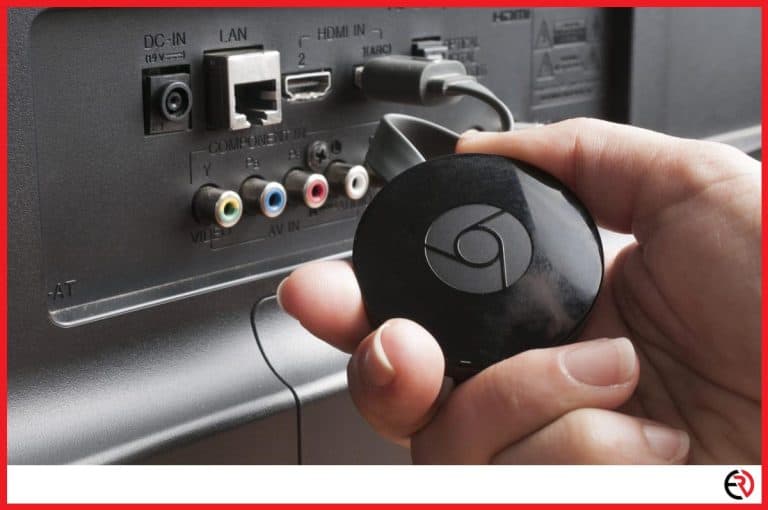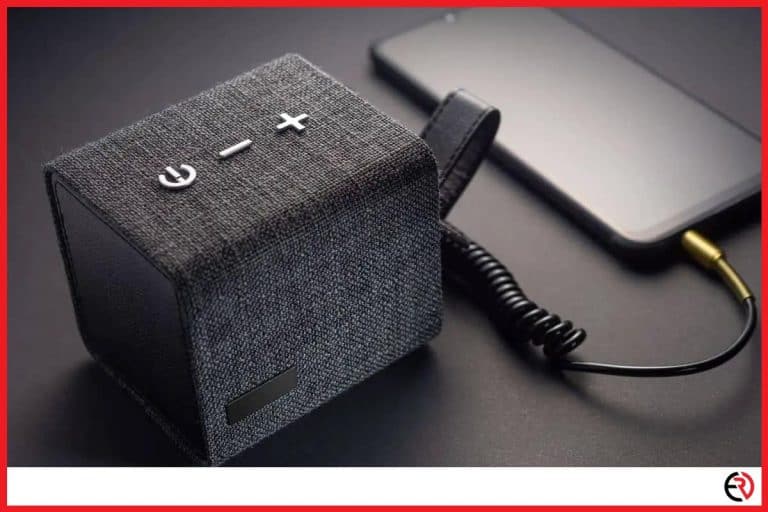6 Best Speakers for TV and Music (Best of Both Worlds)
This post may contain affiliate links which means that, if you choose to make a purchase, I may earn a small commission at no extra cost to you.
No matter how small, brilliant, and crisp TVs get, there’s still a big difference between a modern flat screen’s vivid picture and its mediocre audio performance. The substandard speakers tucked away in the small frames are to blame for this fiasco. Contrary to popular belief, simply adding a soundbar will not enhance your viewing experience.
The size of the TV determines the type of soundbar best suited for the task. Too small and it will be dwarfed by the screen; too big and you’ll be bursting your ears out; too high, and the speaker obscures the bottom of your TV. Everything has to be perfect. And that’s why I’ve compiled a list of the most pleasing soundbars in the market. All of which will improve your audio game with a simple setup. Enjoy.
Here is a table with the best speakers for TV and music:
| Speakers | Sony HT-A7000 | Sonos Beam (Gen 2) | Klipsch Forte III | KEF LS50 Meta | ELAC Debut 2.0 B5.2 | Sennheiser AMBEO |
| Price | Check price on Amazon | Check price on Amazon | Check price on Amazon | Check price on Amazon | Check price on Amazon | Check price on Amazon |
| Type | Soundbar | Soundbar | Hi-Fi | Bookshelf | Bookshelf | Soundbar |
| Weight | 8.7kg | 2.8kg | 32.6kg | 7.2kg | 5.9kg | 18.5kg |
| Connectivity | eARC, 2*HDMI 2.1, optical, Ethernet, USB, WiFi | 1 x HDMI eARC, Wi-Fi, Ethernet | Passive, Bi-amp or Bridge | Arc connector | Banana Plugs, Dual Banana Plugs | 4 x HDMI, optical digital, RCA line in |
| Dimension | 8 x 130 x 14 cm | 7 x 65 x 10cm | 41.91 x 91.44 x 33.02cm | 30.2 x 20 x 27.8cm | 34 x 18 x 23cm | 14 x 127 x 17cm |
1. Sony HT-A7000 (Best all-rounder speaker for both music and movie)

The Sony HT-A7000 is the best of the best. The 7.1.2 configuration of the soundbar packs two-beam tweeters, two up-firing speakers, five front-facing drivers alongside a built-in subwoofer within the chassis. The speaker is a shining example of psychoacoustic techniques, which it utilizes to a great degree, creating a near-perfect soundstage. It does not matter if you are watching a movie simply listening to music; the soundbar supports everything perfectly.
The performance is quite comparable to the Sonos Arc, but the A7000 surpasses it thanks to the massive width of its soundstage. The forward-facing projection is also more convincing when put up against other speakers in a similar price range. Although the sound effects are not the same as dedicated speakers sitting at the corners of your room, it’s still quite enticing and does positively impact your viewing/listening experience.
The A7000 supports Dolby Atmos (both TrueHD and Digital formats), LPCM, DTS:X, and Sony 360 Reality Audio. It even supports Google Chromecast, Apple AirPlay 2, Spotify Connect, Alexa, Google Home, and Apple HomeKit.
The A7000 also packs two HDMI 2.1 passthrough sockets that stream 8K@60Hz and 4K@120Hz and support Dolby HDR. Plus, it packs an eARC, analog, USB, and optical audio inputs as far as ports are concerned. There is also a dedicated slot for Sony’s Acoustic Sync for compatible BRAVIA TVs. The Sony HT-A7000 is an outstanding speaker, one that will positively appeal to the inner audiophile in you.
Pros
- Powerful low-end audio
- Outstanding performance when it comes to Atmos
- Offers a ton of features
Cons
- Lack of VRR and ALLM at launch
- No dedicated equalizer control
- Unconventional design
2. Sonos Beam (Gen 2) (Great coverage for mid to high range sounds)
The Sonos Beam was one of the first speakers in 2018 to have the Amazon Alexa Voice Assistant. The Beam offered superior audio performance and seamless multi-room integration despite its small size, and the second generation only gets better.
The Second Generation Sonos Beam speaker supports five-channel audio processing with Dolby Atmos (a significant upgrade from its predecessor, which only supported three). However, the sound signature remains somewhat similar to the first generation, and you will have to invest in a subwoofer if you are looking for substantial bass.
The clean and simple design comes in two variants, black & white, and a polycarbonate grille (instead of fabric in the previous one). The new material is significantly easier to clean but lacks an IP rating though.
The top surface houses a touch-sensitive control panel with the play/pause and volume up and down buttons. As usual, there are no remotes, so you will have to control it with a remote or the native app.
Setting up the speaker is also relatively easy with the Sonos app and even using NFC if your phone supports it. I even managed to pair my Google Assistant quite quickly, and the far-field microphone built into the soundbar does a great job of picking up voice commands from even far corners of the room.
The second-generation Beam still uses a similar combination of four elliptical mid-woofers, three passive bass radiators, and a center tweeter, keeping the sound signature almost the same as the previous generation. Moreover, it’s still a feature-filled multi-purpose speaker with a relatively small footprint. So if you’re looking for something small yet powerful, the Sonos Beam 2nd Gen is the way to go.
Pros
- Great sound for its size
- Crisp and clear sound from low to mid highs
- y Atmos sound when without any rear speakers
Cons
- Bass is lacking (requires a costly subwoofer)
- No Bluetooth support
- Trueplay is only available on iOS
3. Klipsch Forte III (Best premium listening experience)
The Forte lineup of speakers from Klipsch has been offering premium home entertainment since 1985, and the new Forte III is hoping to build its legacy on the success of its predecessor.
Conventional cone-speakers cannot mimic the note-perfect timing and rhythmic energy of standard horn-loaded speakers, the likes of which are packed in the Forte III. The low power requirements combined with the high sensitivity rating delivers music faster with no drag whatsoever.
The company’s attention to fine-tuning its speakers is second to none, which is evident from the distinct mid-high range sounds. Sitting at 32.6kg, the build quality is also quite remarkable. Once you find a spot in the living room, the speakers aren’t going anywhere. Also, the well-designed exterior fits nicely with any background you throw at it.
The Forte III is like a gentle giant. You can say by the 12-inch subwoofer and the enormous 15-inch passive radiator that the speaker is made for bass. The radiator even does a remarkable job of dispersing the low frequencies. However, getting the most out of the beast requires a bit of a setup.
You will have to run two different amps or a single one with multiple outs to get the subwoofer working. If possible, use a separated bi-amp to help you control the power to the low and high channels. Most listeners won’t need it, but if you are an audiophile, the extra bit adjustment contributes a lot to the listening experience.
The only downside to these speakers is the cost. At this price range, you would at least expect a few high-firing speakers or at least a dedicated woofer along with the standard package. But this is Klipsch we are talking about. Premium services come at a cost and it’s the perfect fit for every musical connaisseur out there.
Pros
- Well-rounded highs with crisp mids
- No visible distortion even on high volumes
- Sturdy build
Cons
- Expensive compared to similar speakers
- Quite heavy and difficult to move about
4. KEF LS50 Meta (Only speaker with Metamaterial Absorption Technology)
The fact that the speakers are manufactured says a lot about their performance. The KEF LS50 was launched in 2012, and thanks to its huge success, it’s been in production ever since. It received a makeover after 8 years, nothing in terms of design, but simply a fresh look for the modern household.
The Uni-Q drive unit is housed inside a cabinet made of MDF, which dampens any resonance within the box. The front panel is made of Dough Molding Compound (polyester resin), which combines calcium carbonate and glass fiber.
One of the unique things about KEF is its Metamaterial Absorption Technology (MAT). It’s KEF’s way of dealing with the excess sound from the rear of the tweeter dome. MAT is a plastic circular maze made of tubes that promises far more excellent audio absorption compared to traditional speakers, providing much clearer and less-distorted mid-highs. Over the past decade, the company has been improving upon the existing technology and they have done a great job so far
The tweeter sits right in the throat of the base unit and has been reworked several times to give the best possible listening experience.
I conducted a little experiment to test out the feature by first stuffing it on a bookshelf and testing the sound. Afterward, I took it from the shelf and placed it about 50cm away from the walls, and the difference was phenomenal. MAT really works and does a superb job at large-scale music dynamics, something you rarely expect from a speaker of this size.
I have loved the KEF LS50 since I landed one myself 6 years ago. It’s still running strong and even outshines some of the current hardware I throw at it. The new design elevates the performance to a whole new level, and I am intrigued to see what the future holds for the brand.
MAT is an asset, and KEF is indeed onto something. The enhancement in audio quality by simply adding a plastic maze at the back of a speaker is truly awe-inspiring. Even the competition tried to copy the tech and failed which is expected. The LS50 Meta is your key to the future.
Pros
- Superb sonic transparency
- New innovative technology
- Well-built and precise presentation
Cons
- No alternatives at this price range
- Now enough for bigger rooms
5. ELAC Debut B5.2 (Best budget speaker)
The ELAC Debut B5.2 offers stiff competition at this price range. The detailed tonal sophistication is quite evident no matter how you place the speakers in your room. Even the dynamic expression seems to scale with the connected musical system. A good amplifier can bring out the full extent of what these speakers are capable of.
Thanks to the 5.25cm bass unit and top-end response tweeter, the new design dramatically improves stiffness and sound damping. Combined, the whole setup adds plenty of sparkle to its music.
However, while the speaker excels in the low and high range, it fails to maintain the same performance in the midrange. Although the speakers are balanced and rock almost any kind of recording it’s currently playing, there are better alternatives.
ELAC has been manufacturing speakers since the 1980s and has done a fine job so far. The Debut B5.2 is one of their finest creations, and there are only a few alternatives that can stand up to it.
Pros
- Sturdy Build
- In-depth clear-cut audio
Cons
- Better alternatives
- Midrange coverage not good
6. Sennheiser Ambeo (Best bass without any external woofer)
As their first consumer speaker, Sennheiser crammed the Ambeo full of features such as Dolby Atmos and DTS:X, and even 4K HDR passthrough. It’s surprising to see how the soundbar shines without a dedicated subwoofer. Thanks to its vast size, if positioned correctly, the speaker can fill the entire room with crystal clear audio that satiates the hearts of all audiophiles.
You cannot position it inside a bookshelf since there are top-firing speakers. They have to be placed on top of a shelf or mounted someplace where there is enough room up top for the audio to play around.
The Amebo is pricier than conventional soundbars, but it’s well-worth the convincing 3D effects you get without a full-fledged 5.1 setup. If you are looking for a premium experience, then the Sennheiser is the way to go.
Pros
- Balanced and rich sound
- Superb dynamics
- Well-rounded 3D effect
Cons
- Very big and bulky
- Need proper positioning to shine
Conclusion
Although there are tons of speakers in the market, I have packed these six because their audio quality truly moved me. I am not an audiophile, but I simply like to listen to good music. These speakers have managed to open my ears to the wonders of a musical Utopia. Hopefully, you find the list helpful and find your dream speaker among these suggestions.














